Protecting Waterway Access is Every Pilot’s Responsibility: If you’re a pilot, especially one who flies seaplanes, protecting waterway access isn’t just a courtesy—it’s mission-critical. These waterways are the highways of the skies for seaplane pilots across the United States, enabling safe landings, takeoffs, docking, and efficient flight operations. Without access to these natural runways, seaplane pilots could lose their ability to fly safely, restrict commercial operations, and limit emergency response capabilities. Whether you’re a recreational pilot visiting your favorite lake, a commercial pilot offering tours, or involved in emergency search and rescue, your operations rely heavily on having open, safe waterways. These waters are shared with boaters, wildlife, and local communities, which makes protecting access an ongoing responsibility for pilots. This article breaks down why pilots must actively protect waterway access, practical ways to do so, and why it matters not just for flying, but for preserving these environmental and community assets.
Table of Contents
Protecting Waterway Access is Every Pilot’s Responsibility
Protecting waterway access is critical for the ongoing success and safety of seaplane pilots. The shared responsibility of safeguarding these natural runways involves environmental care, regulatory compliance, community outreach, safety training, and effective use of technology. Pilots have a unique role as environmental stewards and advocates, helping preserve waterways not only for flying but for future generations of all who depend on them. Staying proactive today means open waterways and safe skies tomorrow.
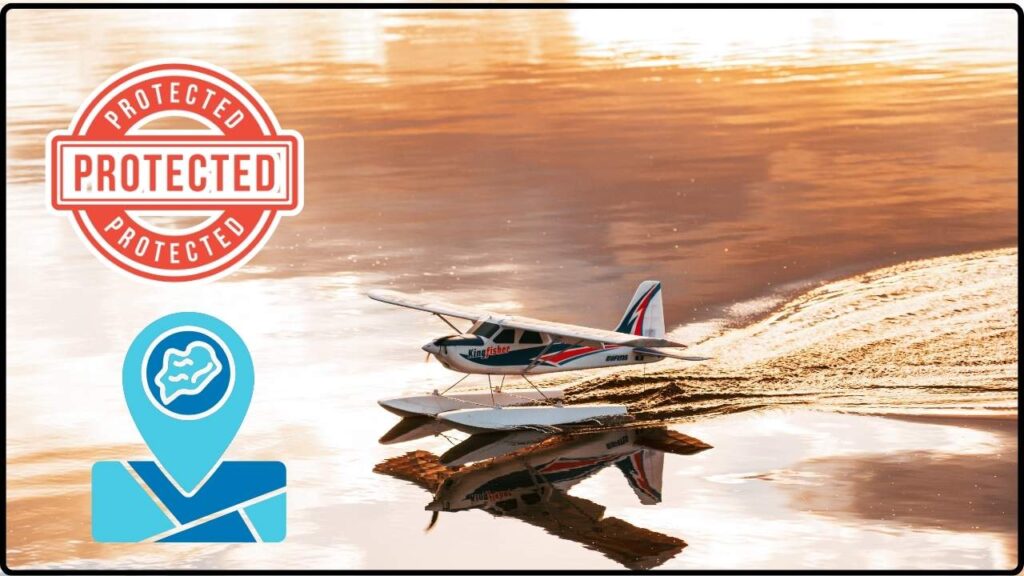
| Topic | Description |
|---|---|
| Importance of Waterway Access | Essential for seaplanes in recreational, commercial, and emergency operations. |
| Environmental Stewardship | Pilots play a key role in preventing invasive aquatic species spread and maintaining water quality. |
| Regulatory Compliance | Adhering to FAA and Coast Guard safety rules protects pilots and the public. |
| Community Engagement | Educating stakeholders helps conserve access and fosters goodwill. |
| Advocacy Success | Seaplane organizations use grassroots efforts and partnerships to secure and expand waterway access. |
| Technology Use | Smart sensors and AI help monitor water quality and protect against pollution and invasive species. |
| Safety Training and Emergency Preparedness | Egress training programs have saved numerous lives in water emergencies. |
| Market Data | Around 5,000 active U.S. seaplane pilots; market valued at $277 million in 2024, growing with a 6.8% CAGR through 2032. |
| Official References | Seaplane Pilots Association is the go-to resource for training, advocacy, and info. |
Why Protecting Waterway Access is Every Pilot’s Responsibility?
For seaplane pilots, open waterways are essential infrastructure—think of them like roads for cars. They’re not just for adventure; seaplanes connect remote communities, support environmental monitoring, provide emergency medical services, and drive tourism. Much of Alaska and coastal regions, for example, rely heavily on seaplane access due to the scarcity of traditional airports.
Because seaplanes land and take off on water, pilots must navigate complex conditions such as wind, currents, weather, and boat traffic. The importance of clear and unrestricted waterways for safe operations cannot be overstated. Without reliable waterway access, pilot options become limited, safety risks increase, and regulatory pressure mounts.
Pilots as Environmental Stewards
Environmental stewardship is not just talk among seaplane pilots—it’s practice. Waterways can be “contaminated” by invasive species like zebra mussels and aquatic weeds moving from lake to lake or river to river. These invaders cause massive harm to ecosystems, water infrastructure, and local economies.
To combat this, pilots undergo specialized training on identifying and preventing invasive species transport. They adhere to rigorous cleaning and decontamination protocols between flights to help keep waterways healthy. Associations like the Seaplane Pilots Association actively promote these efforts, partnering with environmental agencies to educate and implement best practices.
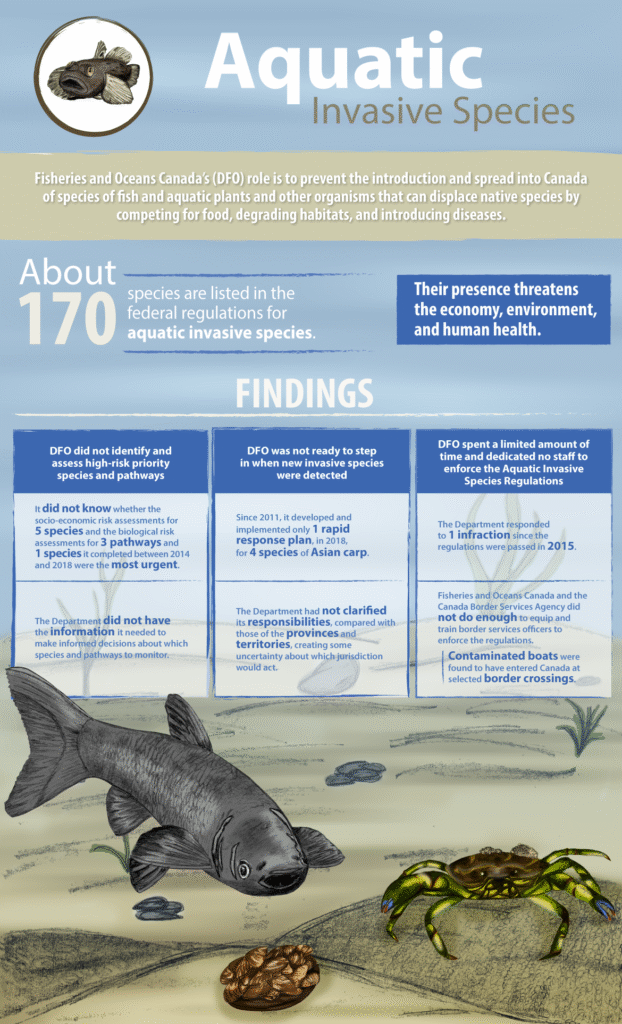
Navigating Regulations for Safety
Waterways are buzzing communities with boats, kayakers, fishermen, and wildlife “sharing” the space with seaplanes. The FAA sets strict safety standards for seaplane operations, and the U.S. Coast Guard enforces boating safety laws, including no-wake zones and exclusion areas near docks and bridges.
Pilots know to keep a sharp look out for hazards and respect all restrictions, maintaining a culture of safety and responsibility. This builds trust with local authorities and other water users, fostering an environment where waterway access can be preserved and expanded.
The Power of Advocacy and Community Engagement
Protecting waterways is a team sport that involves pilots, regulators, environmentalists, and local communities. Many uninformed public or officials might see seaplanes as risky or intrusive, which can lead to attempts to restrict waterway usage.
Thankfully, pilot groups like the Seaplane Pilots Association step up with grassroots advocacy campaigns, education programs, and partnerships with government agencies. They help communicate pilots’ commitment to safety and environmental care, helping dispel myths and build partnerships that keep waterways open.
A great example is the donation of promotional seaplanes by industry sponsors to spread goodwill and increase public awareness about the unique benefits and manageable costs of seaplane flying.
Leveraging Technology to Protecting Waterway Access
Technology is a secret weapon in maintaining and protecting waterways. Innovations like smart sensors and AI-based leak detection systems can monitor water quality and alert stakeholders to problems like pollution or invasive species presence on a real-time basis.
Such systems support pilots and local authorities in prompt decision-making and swift intervention to protect aquatic environments. Remote sensing tools (drones, satellites) also help map habitat changes, supporting proactive water management.
Safety Training and Emergency Preparedness
Seaplane flying over water brings unique risks, but targeted training dramatically improves survival rates in emergencies. For instance, specialized egress training courses teach pilots how to escape from a floating or submerged aircraft, a life-saving skill proven through real-world incidents where every trained pilot survived crashes.
Such programs emphasize emergency protocols, cold-water survival techniques, and passenger safety measures like mandatory life jackets. Over the years, these practices have significantly reduced fatalities and increased confidence in seaplane flying safety.
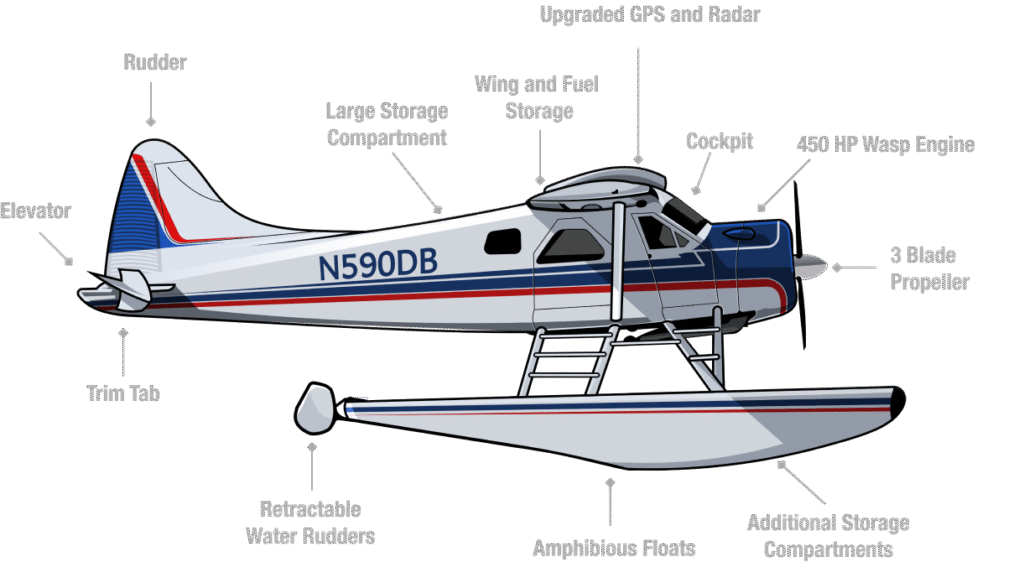
Learning from Conflict Resolution Successes
Conflicts over waterway use happen worldwide, but effective multi-stakeholder approaches can resolve disputes. Studies show that partnership building, shared visits, joint planning, and consensus create positive outcomes, minimizing legal battles and fostering cooperation.
In the U.S., seaplane pilots often participate in local forums and workshops with boaters, fishery managers, and municipalities. This builds mutual understanding and respect, resulting in better policies and shared visions for waterway use.
Practical Steps Every Pilot Can Take for Protecting Waterway Access
- Educate Yourself & Others: Stay informed on environmental issues, safety rules, and local waterway policies. Join pilot associations and advocacy groups.
- Follow Environmental Best Practices: Clean aircraft thoroughly between flights, never transfer watercraft between different water bodies without decontamination.
- Practice Safety First: Respect boating regulations and ensure diligent lookout for others on the water.
- Engage Your Community: Attend public meetings, collaborate with waterway managers, and spread awareness about seaplane safety and environmental responsibility.
- Advocate for Access: Support local and national campaigns that protect seaplane bases and open waterways.
Statistics and Market Outlook
There are about 5,000 active seaplane pilots in the U.S., many clustered in Alaska, the Pacific Northwest, and coastal regions. The market for seaplanes and related services was valued at approximately $277 million in 2024, with a forecasted compound annual growth rate (CAGR) of 6.8%, expected to reach $469 million by 2032. Demand is driven by expanding eco-tourism, flexible transportation needs, and growing interest in outdoor recreational flying.
Beyond the Boat: Why Seaplane-Specific Decontamination Is Different
The Ultimate “Clean Drain Dry” Guide for Seaplane Pilots
State-by-State AIS Regulations: A Seaplane Pilot’s Compliance Guide
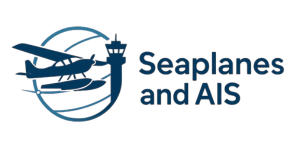
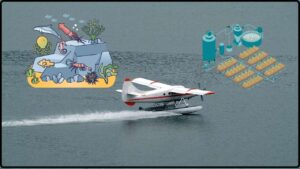
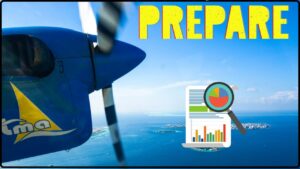

![Case Study How [Lake Association] Partners with Pilots to Stop AIS](https://seaplanesandais.com/wp-content/uploads/2025/11/Case-Study-How-Lake-Association-Partners-with-Pilots-to-Stop-AIS-300x169.jpg)
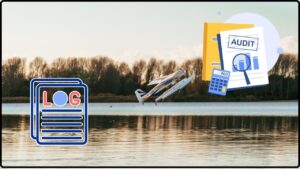
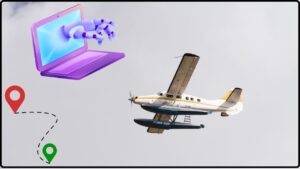


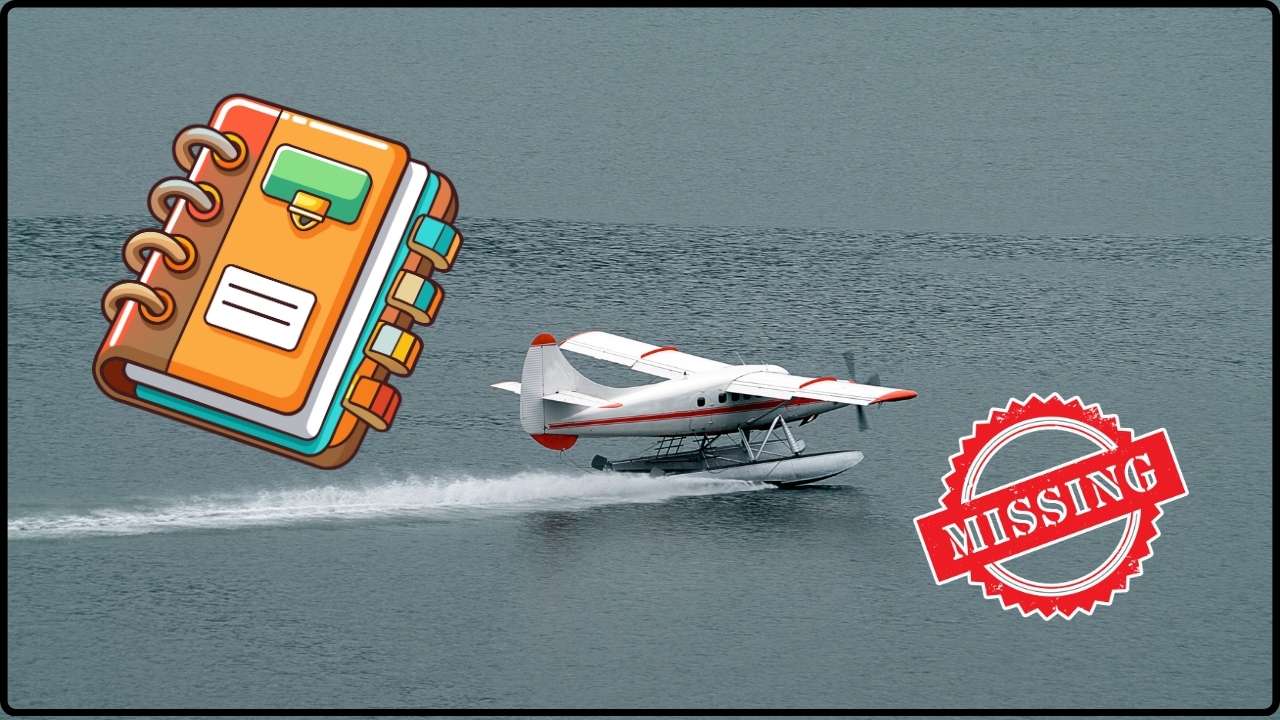

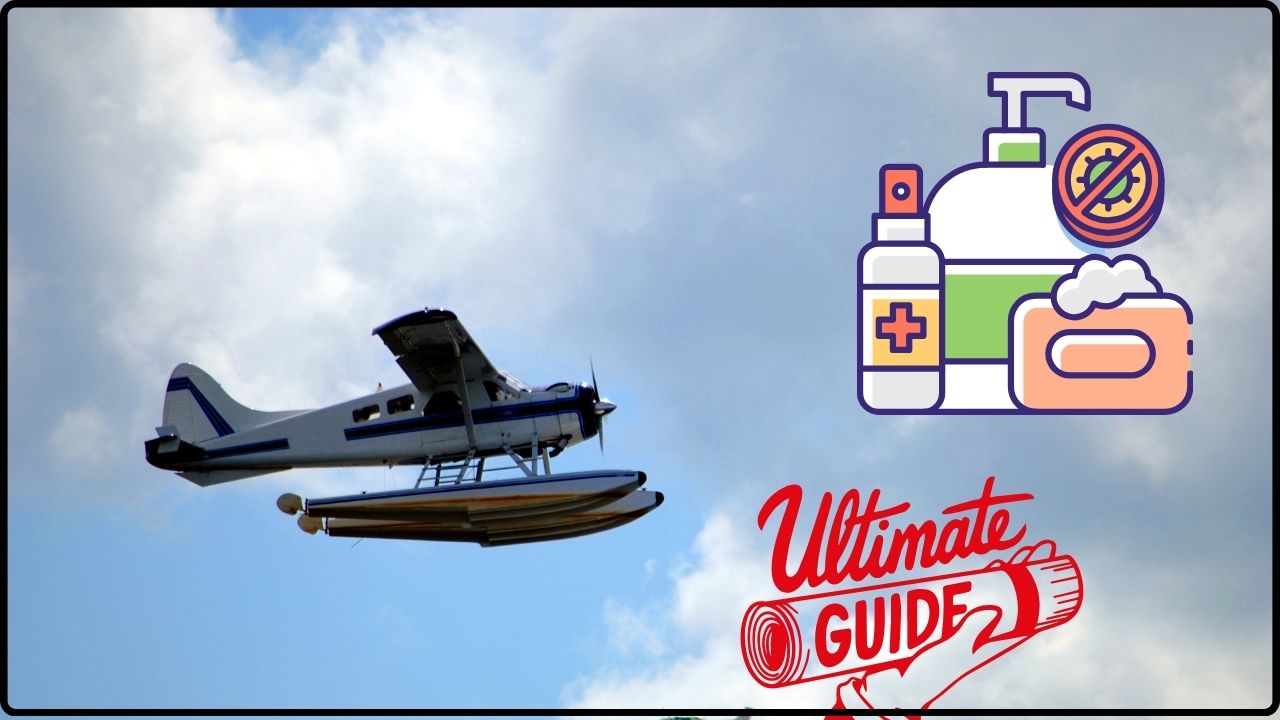


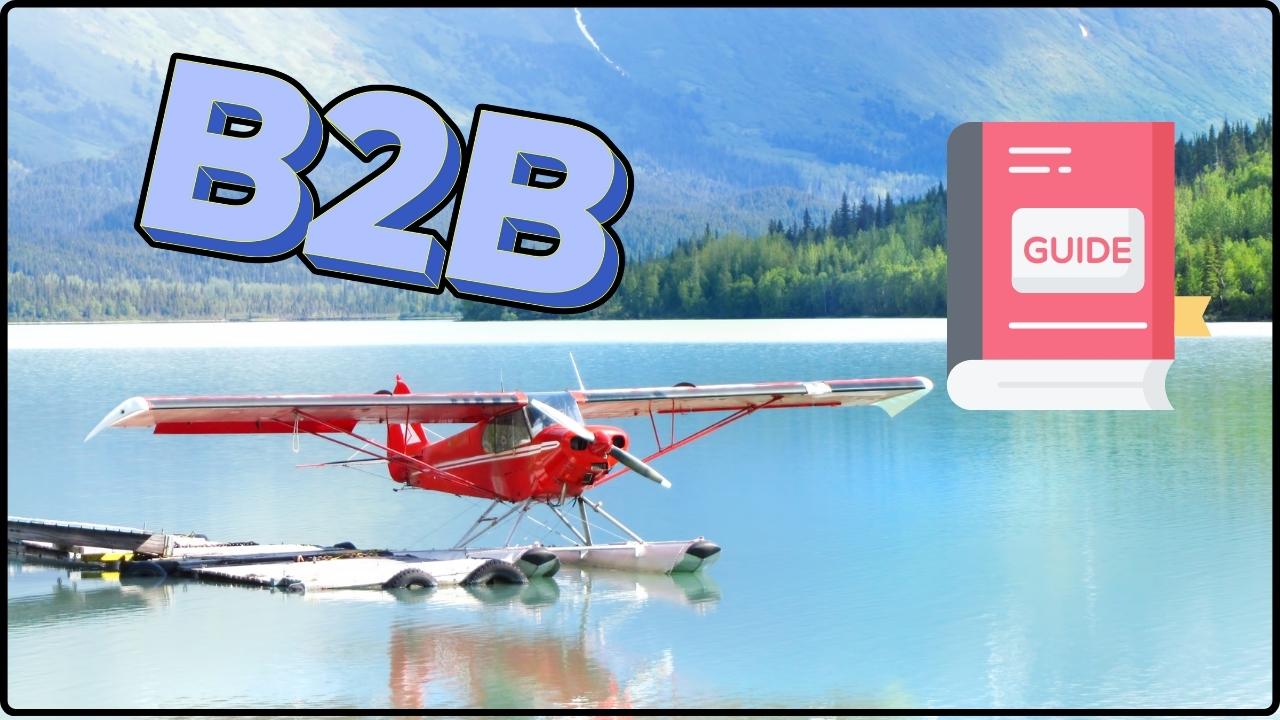
![Case Study: How [Lake Association] Partners with Pilots to Stop AIS](https://seaplanesandais.com/wp-content/uploads/2025/11/Case-Study-How-Lake-Association-Partners-with-Pilots-to-Stop-AIS.jpg)
